
|

|

|
Australian Car Spotters Guide - 1979 |
|
|
 |
|
|
|
|
 |
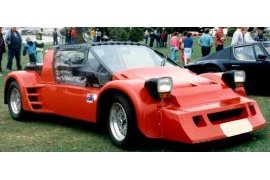 |
 |
|
| |
Also see: Bolwell Car Reviews |
| |
During the halcyon days of the fifties and sixties,
sports cars were less compromising and offered no pretense
of sophistication or luxury. Expectations rose during
the 1970's (led in many ways by Mercedes seeking to make
their expensive sports cars appealing to the Hollywood
Boulevard brigade). It was inevitable then that the Bolwell Nagari also
evolved as more a "grand tourer". It was against this
background that Campbell conceived his next and last
vehicle. In 1979 the Ikara (Mk IX) was born. But he decided it had to be different - different from
the past and different from the competition.
The first
priority was to make the car extremely light, and so he
choose to revert back to the space frame chassis. Instead of doors the Ikara used step over sills, just like that
of the Elfin Clubman of the sixties.
High strength-to-weight fiberglass body panels and a mid-engined
configuration made the Ikara a real driver's car. |
|
 |
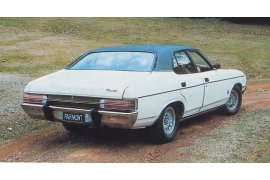 |
 |
|
| |
Also see: Ford Falcon XK to XC Car Reviews and Falcon XC Specifications |
| |
In a move away from imperial measurement, the Falcon XC range was
badged as 3.3, 4.1, 4.9 and 5.8 liter instead of the
previously used cubic inch capacity. Strangely, Ford's second
longest running model, the Futura, was dropped from the XC lineup.
So, much more regrettably, was the GT (the GXL was "supposed"
to be the replacement, but it would fail to capture the hearts and
minds of the Ford enthusiasts). Mid way through the life of the XC,
Ford made some radical improvements to the car's suspension to allow for radial
tires, and these models tend to be known as the 'XC and
a half'.
|
|
 |
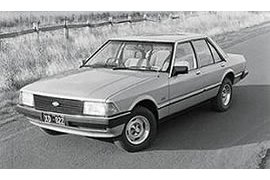 |
 |
|
| |
Also see: Ford Falcon XD to EF Car Reviews and Falcon XD Specifications |
| |
Ford took a huge gamble when it invested more than
$100 million on the XD Falcon – but fortunately
for the blue oval the investment would quickly pay
off. The XD Falcon marked the start of Ford's determined
push to become market leader in Australia, a goal
they ultimately achieved, but one that, at the release
of the XD, was beyond their grasp. The perceived
fault lay in the size of the XD in comparison with
its competitors. After its initial launch, the XD
enjoyed great popularity, outselling the Holden Commodore.
|
|
 |
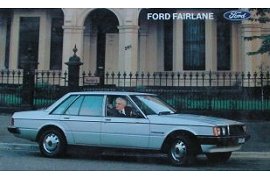 |
 |
|
| |
Also see: Ford Fairlane Car Reviews and ZJ Fairlane Specifications |
| |
The popular XD Falcon was joined by the ZJ Fairlane in May 1979, featuring for the first time the six-window profile, something that would quickly become the hallmark of Australian built luxury Ford's. The luxury Ford range was also simplified somewhat, the Marquis being dropped and the range now consisting simply of either the Fairlane or LTD. The new Fairlane was also smaller and lighter than its predecessor as it shared its floorpan with the Falcon Wagon. Fortunately though the engineers were able to maximise interior space so that, inside the cabin at least, the new model was actually bigger than before. |
|
 |
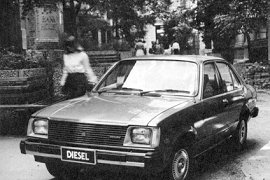 |
 |
|
| |
Also see: Holden Gemini Car Reviews and TE Gemini Specifications |
| |
After 4 years and 3 model revisions, in 1979 GMH finally gave the Gemini a complete makeover, which included a revised engine and alteration to virtually every body panel. The Gemini had now spanned the casm between the traditional large HZ Holden HZ to the new smaller VB Commodore, and the styling changes reflected Holdens new visual identity, with the TE looking very much the little brother to the VB.
|
|
 |
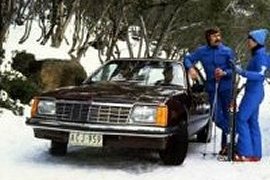 |
 |
|
| |
Also see: Holden Commodore Car Reviews and Holden VB Commodore Specifications |
| |
The dash of the
Commodore featured a large hood stretching across
to the passenger side of the car, and even in base
models the addition of a "fuel economy meter" made
the instrument layout look far more comprehensive over
that of the HZ. The 3.3 European Pack and 4.2 Sport Pack (with manual
transmission only) came with full instrumentation,
4 wheel discs, alloy wheels and headlight washer/wipers. Probably the most popular model in the Commodore lineup
was the "SL", fitted with the 3.3 liter and
Tri-Matic auto as standard.
|
|
|

|
|
 |
|
|
|
